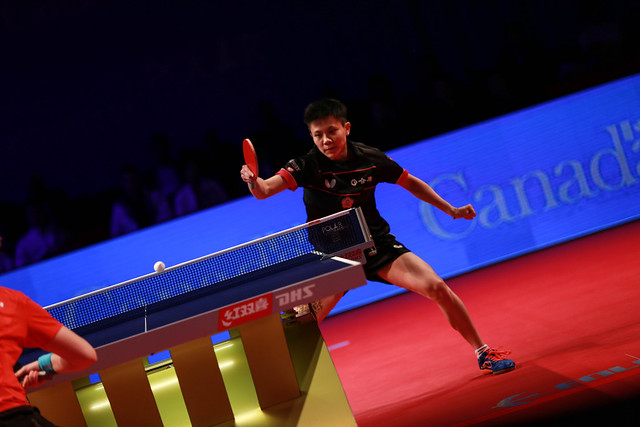by Ian Marshall, ITTF Publications Editor
Lily Zhang reached the opening round last year in Philadelphia as did Dina Meshref, a feat she had also achieved in 2015 in Sendai. Notably on that occasion, she became the first player from Africa to advance beyond the first phase; for Jian Fang Lay, who in Markham will be competing for the sixth time, such progress has proved elusive, for Paulina Vega, it is her debut.
Over the years the system has changed, from the inaugural tournament in 1996 in Hong Kong until 2008 in Kuala Lumpur, a total of 16 players were invited; all competed in the initial phase where four groups, each with four players, were organised. Players finishing in first and second positions in each group advanced to the quarter-finals
Later in 2009 in Guangzhou, the number of invitations was increased to 19 players with the representatives from Africa, Latin America, North America and Oceania competing in the Intercontinental Cup. The winner joined the 15 players who had received invitations to compete in the Women’s World Cup; the next stage as in previous years, witnessed four groups, each with four players, first and second placed finishers advancing to the quarter-finals.
Always the draw for the four groups was administered on the snake system; the leading four names were placed in each group in ranked order, the next four on the list were drawn at random into the second positions and so forth. Separation by national association was observed.
The Intercontinental Cup continued until 2012 with honours shared between the four continents. Australia’s Miao Miao won in 2009, the following year, Congo Brazzaville’s Yang Fen succeeded in Kuala Lumpur. In 2011 the Dominican Republic’s Wu Xue prevailed in Singapore, in 2012 in Huangshi, the title finished in the hands of Ariel Hsing of the United States.
Commencing in 2013 in Kobe, the present day system was introduced. A total of 20 players receive invitations. Similar to the immediate preceding years, a maximum of two players from any one national association is permitted; additionally, a minimum of one player from each continent is eligible. Also, a wild card is awarded by the International Table Tennis Federation. If not already represented, a player from the host nation is included.
The highest ranked eight players enter the main draw; the next 12 players compete in the initial group stage. Players listed no.9 to no.12 are named in the top place in each of the four groups in ranked order, the next four in the order of merit are drawn at random into the second positions in each group. Likewise, the four remaining players are drawn to complete the groups.
Players finishing in first and second positions in each of the four groups join the eight players who received direct entries in the opening round.
On Thursday 26th October, the draw for the group stage will be completed; the main draw will be held on Friday 27th October following the conclusion of the initial phase.






